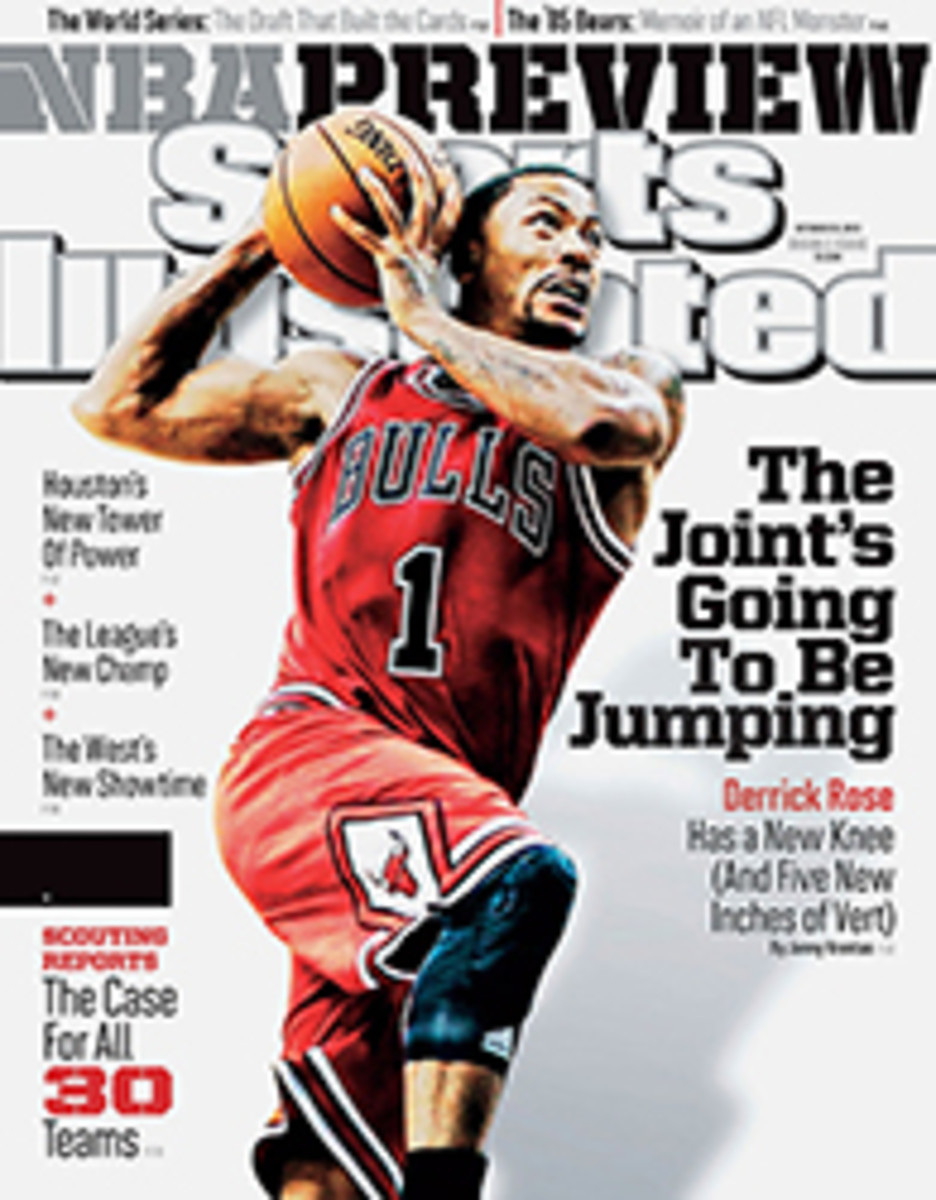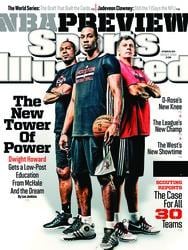
Quiet Assassin
KOJI UEHARA POSSESSES none of the props of the archetypal ninth-inning intimidator. He does not have the de rigueur facial hair—even on a Red Sox team that's bonded by the beard, he keeps his face as pristine as a marine sergeant's. He does not have the headbanger's entrance music; when the bullpen door swings open at Fenway Park, the song that blares is a techno-pop tune—Darude's "Sandstorm"—that was last cool at high school proms in 2000. His fastball rarely touches 90 mph, and he does not punctuate saves with a snarling fist pump; after getting the final out he usually dissolves into the mushy arms of a teammate. After he put away Tigers shortstop Jose Iglesias to end Game 5 of the American League Championship Series, he seemed to be on the verge of tears as he embraced catcher David Ross in what one baseball blog deemed "the tenderest televised hug in baseball history."
The slightly built 38-year-old from Japan's Osaka prefecture doesn't look menacing, but his impersonation of October's greatest closers has been spot-on. The anchor of a lights-out bullpen that was critical to Boston's ALCS win over Detroit (Red Sox relievers surrendered one run over 21 innings in the series, the fewest ever in an LCS for a team with at least 20 relief innings), Uehara has emerged as the Red Sox' most devastating postseason weapon. "His significance right now is probably as important as anybody they've got on their team," Tigers manager Jim Leyland said.
The value of closers is often overstated, as managers who are slaves to the save statistic too frequently use their best relievers in lower-leverage situations. In October, though, when the margin between victory and defeat is razor thin (four of the six games in the ALCS were decided by one run), the closer is the difference—when he's used properly. This postseason first-year Red Sox manager John Farrell has deftly deployed Uehara in the same way the Yankees long used Mariano Rivera, who recorded 31 multi-inning saves in his postseason career. While also leaning heavily on setup men Craig Breslow and Junichi Tazawa, who combined to allow one run over 12 postseason innings through the ALCS, Farrell turned to Uehara in high-leverage situations before the ninth inning three times. The closer rewarded him with a Rivera-like performance: Over six scoreless LCS innings Uehara struck out nine, won or saved all four of Boston's wins and joined Rivera and Dennis Eckersley as the only relievers to win MVP honors in an LCS.
When the story of the 2013 Red Sox is told years from now, few will cite Boston's 4--3 loss to the Tigers on June 20 as a pivotal moment in their season, though that was the day their accidental closer was born. Tigers shortstop Jhonny Peralta hit a two-run walk-off home run off Andrew Bailey, who'd been anointed as Boston's closer following Joel Hanrahan's season-ending Tommy John surgery the previous month. Bailey's second straight blown save compelled Farrell to turn to Uehara, a former Yomiuri Giants starter with 14 career major league saves who joined the Orioles in 2009 and last December signed a one-year, $4.25 million deal to be a Boston setup man. Uehara has since put up numbers that would be hard to replicate with an Xbox controller: an 0.50 ERA and an otherworldly 72-to-2 strikeout-to-walk ratio over 49 appearances entering the World Series. "There's a viewpoint that closers come from anywhere," says Farrell. "But the strikeout capability is the one thing that Koji has set himself apart with."
Many great closers have relied on one pitch that becomes synonymous with their dominance: Mariano Rivera and his cutter, Trevor Hoffman and his changeup. Uehara's sudden dominance is tied to his recent mastery of what Ross named the "Invisiball," a Sutter-like splitter that has become one of the most unhittable pitches in the game. (Opposing hitters batted just .092 against it.) Out of Uehara's hand the pitch looks like a fastball, but just before it reaches the plate it dives toward the dirt—in on righthanders, away from lefties. Uehara throws his splitter roughly half the time, and hitters must be so mindful of the pitch that they have trouble catching up with Uehara's average fastball. "He throws a 90-mph fastball; it looks like an upper-90s pitch," says Farrell.
It was, fittingly, a splitter in the dirt that struck out Iglesias for the final out of the ALCS. Later, in the Fenway Park interview room, well after midnight last Saturday, a reporter asked Uehara if he was concerned about tiring given his workload this postseason. Uehara, who never passes up an opportunity to joke about his age, turned to his translator and deadpanned in Japanese, "I am tired right now." It had already been a grueling and exhilarating October for the unlikely closer. But there was still much more work to be done.
Uehara's splitter (some call it the Invisiball) is suddenly one of the most unhittable pitches in the game—and it makes his very average fastball look like it's humming in the upper 90s.
PHOTO
DAMIAN STROHMEYER FOR SPORTS ILLUSTRATED (UEHARA)
KOJI UEHARA

